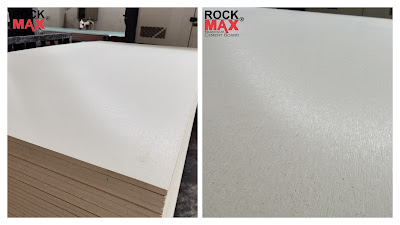What Is Incombustible Sheathing?
Incombustible sheathing, as the name suggests, is a building material designed to resist combustion or not contribute to a fire's spread. It serves as a protective layer in building construction, adding an extra level of fire resistance to structures. This material is typically used in wall assemblies, roofs, and exterior cladding to enhance the overall fire safety of a building.
Advantage #1: Exceptional Fire Resistance
The primary advantage of using incombustible sheathing is its exceptional fire resistance. In the event of a fire, traditional materials like wood or non-fire-resistant sheathing can become fuel for the flames, causing the fire to spread rapidly. In contrast, incombustible sheathing does not ignite or contribute to the fire's growth, which can be a lifesaver in critical situations.
Advantage #2: Code Compliance and Safety Standards
Many building codes and safety standards require the use of incombustible or non-combustible materials in specific applications, especially in high-risk areas such as commercial kitchens, stairwells, and fire-rated assemblies. By using incombustible sheathing, you ensure compliance with these codes and create a safer environment for occupants.
Advantage #3: Durability and Longevity
Incombustible sheathing materials are known for their durability and longevity. They can withstand harsh weather conditions, resist decay, and do not warp or deteriorate over time, making them an excellent choice for both interior and exterior applications. This durability contributes to the long-term safety and stability of your building.
Choosing the Right Incombustible Sheathing Material
Now that we've highlighted the advantages of incombustible sheathing, it's essential to choose the right material for your specific needs. Here are some popular options:
- Magnesium Oxide Board: Magnesium oxide board is an excellent choice for incombustible sheathing. It is fire-resistant, water-resistant, and offers exceptional structural integrity. Its versatility makes it suitable for a wide range of applications.
- Cement Board: Cement board is another common choice known for its durability and fire resistance. It is often used in applications where moisture resistance is crucial.
- Gypsum Board: While gypsum board is not entirely incombustible, it is fire-resistant and commonly used in fire-rated wall assemblies. It provides an additional layer of protection.












0 comments:
Post a Comment